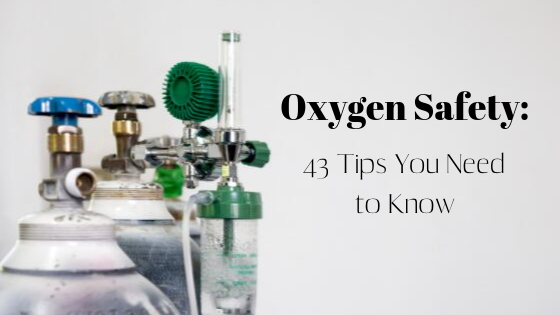Respiratory Resource Center - LPT Medical
Oxygen Safety: 43 Tips You Need to Know
Lung function decline is a defining characteristic of...
Read More9 Tips for Grocery Shopping if You have COPD
Chronic obstructive pulmonary disease (COPD) is a progressive lung...
Read MoreBeing Diagnosed with COPD: From the Basics to the Secrets
Chronic respiratory diseases (CRDs) are diseases within your...
Read More


